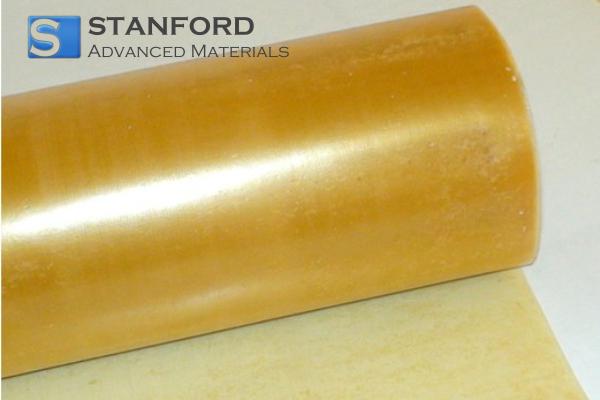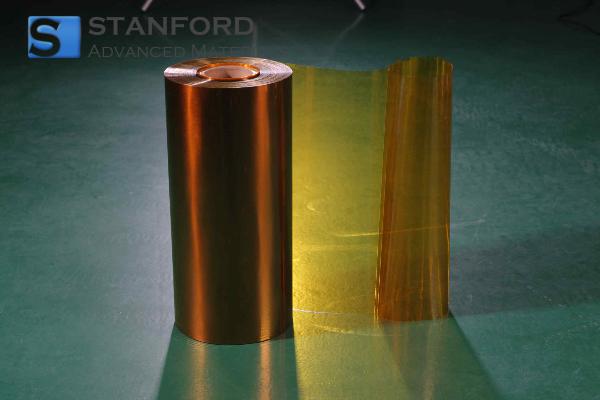Electrical Insulation Materials and Dielectric Testing: ASTM D150 vs. IEC 60250
Electrical insulation is the backbone of all safe and reliable electrical and electronic systems, from household appliances to the high-voltage power grid. Insulation materials prevent unwanted current flow, protect against electric shock, and support device longevity. Proper insulation selection requires knowledge in both material properties and the standards for testing those properties, specifically ASTM D150 and IEC 60250.
Overview of Electrical Insulation Materials
These are materials that restrict the flow of electric current and, hence, are used in separating conducting parts. Insulators find applications in electric wires, cables, capacitors, transformers, and in several high voltage equipment. Common insulation materials include, among others, polymers, ceramics, glass, and composites, which are chosen based on voltage, frequency, temperature, and environmental conditions.
Polymers such as PE, PP, and PI exhibit excellent dielectric properties with mechanical flexibility and ease of manufacturing. Ceramics such as Al₂O₃ and ZrO₂ have excellent thermal stability and high dielectric strength and, hence, are more suitable for high-temperature and high-voltage applications. Glass and glass-ceramic materials possess chemical inertness suitable for applications requiring transparency or resistance under extreme environmental conditions. Composite materials are those with more than one phase, combining certain properties for application under extreme conditions.
Key Properties of Insulating Materials
Several key properties determine the performance of an electrical insulation:
1. Dielectric Constant (Permittivity) - This represents the capacitance ratio of a capacitor made using the given dielectric to the value in a vacuum; put differently, it measures how much a material can store electrical energy and hence is of paramount importance concerning capacitors and AC applications.
2. The dissipation factor, or tangent delta, defines energy loss as heat; the lower the value is, the better the insulation.
3. Dielectric Strength: The maximum electric field that a material can withstand without breakdown.
4. Volume and Surface Resistivity: High resistivity reduces the leakage currents, hence ensuring safety and efficiency.
5. Thermal Stability: The materials must not show any thermal degradation during operations.
6. Mechanical Strength: flexibility, tensile strength and abrasion resistance in wires and moving parts.
7. Environmental Resistance: Resistance against moisture, chemicals, UV radiation, and extreme temperature fluctuations ensures real-world reliability.
Further reading: Essential Electronic Materials: Part 6 - Conductive and Insulating Materials
Standards for Dielectric Testing
Standardised testing ensures that insulation materials meet the required safety, performance, and quality. Two of the standards used in AC dielectric testing are ASTM D150 and IEC 60250.
ASTM D150, Standard Test Methods for AC Loss Characteristics and Permittivity of Solid Electrical Insulation, describes the measurement of dielectric constant and dissipation factor using a capacitor cell and an AC bridge. Several frequencies can be used, but 50–60 Hz is common for power applications; this test is in common use in North America.
IEC 60250, Measurement of the Dielectric Loss Factor and Relative Permittivity of Solid Insulating Materials at Power Frequencies, is an international standard that provides similar tests under more tightly controlled conditions, including temperature and humidity. It allows for more reproducibility in results between different laboratories worldwide, with widespread use throughout Europe, Asia, and other parts of the globe.
Comparing ASTM D150 and IEC 60250
|
Feature |
ASTM D150 |
IEC 60250 |
|
Origin |
ASTM International (USA) |
International Electrotechnical Commission (Global) |
|
Scope |
AC dielectric constant and dissipation factor of solid materials |
AC dielectric constant and loss factor with detailed environmental controls |
|
Environmental Control |
Less prescriptive |
Specifies temperature, humidity, and test setup rigorously |
|
Frequency Range |
Typically 50–60 Hz |
Standardised power frequencies; guidance for multi-frequency tests |
|
Calibration & Reporting |
Focuses on method description |
Detailed calibration, sample preparation, and reporting instructions |
|
Regional Adoption |
North America |
Global |
Both standards share the same scientific base, namely the dielectric response in AC conditions using capacitor cells. However, IEC 60250 has more stringent controls for global consistency, while ASTM D150 emphasises practical use in regional applications.
Practical Implications
Understanding both the materials and standards is key for engineers and manufacturers.
• Material Selection: The proper selection of the polymer, ceramic, or composite material is a function of dielectric properties, mechanical performance, thermal performance, and resistance to environmental factors.
• Compliance: North American products will need to conform to ASTM D150; for international or export purposes, the products will have to comply with IEC 60250 standards.
• Research & Development: Comparison between the two standards will ensure thorough characterisation and global applicability of results.
• Quality Control: Standardised dielectric testing ensures that insulation is reliable, efficient, and safe for application in real life.
Conclusion
Electrical insulation is much more than just a barrier to current; it is an enabler of safe, efficient, and durable electrical systems. Knowledge of material properties, such as dielectric constant, dissipation factor, and dielectric strength, enables the engineer to select materials for reliable performance in a wide variety of circumstances. ASTM D150 and IEC 60250 describe structured methodologies to measure and assess these properties. While similar in purpose, differences exist with regard to environmental control, calibration, and regional adoption that must be addressed in order to ensure accurate testing and compliance. Combining knowledge of materials with knowledge of standards empowers engineers in the design of safe, efficient, globally compatible electrical systems.

 Bars
Bars
 Beads & Spheres
Beads & Spheres
 Bolts & Nuts
Bolts & Nuts
 Crucibles
Crucibles
 Discs
Discs
 Fibers & Fabrics
Fibers & Fabrics
 Films
Films
 Flake
Flake
 Foams
Foams
 Foil
Foil
 Granules
Granules
 Honeycombs
Honeycombs
 Ink
Ink
 Laminate
Laminate
 Lumps
Lumps
 Meshes
Meshes
 Metallised Film
Metallised Film
 Plate
Plate
 Powders
Powders
 Rod
Rod
 Sheets
Sheets
 Single Crystals
Single Crystals
 Sputtering Target
Sputtering Target
 Tubes
Tubes
 Washer
Washer
 Wires
Wires
 Converters & Calculators
Converters & Calculators
 Write for Us
Write for Us




 Chin Trento
Chin Trento



